Nature is worth billions, say scientists
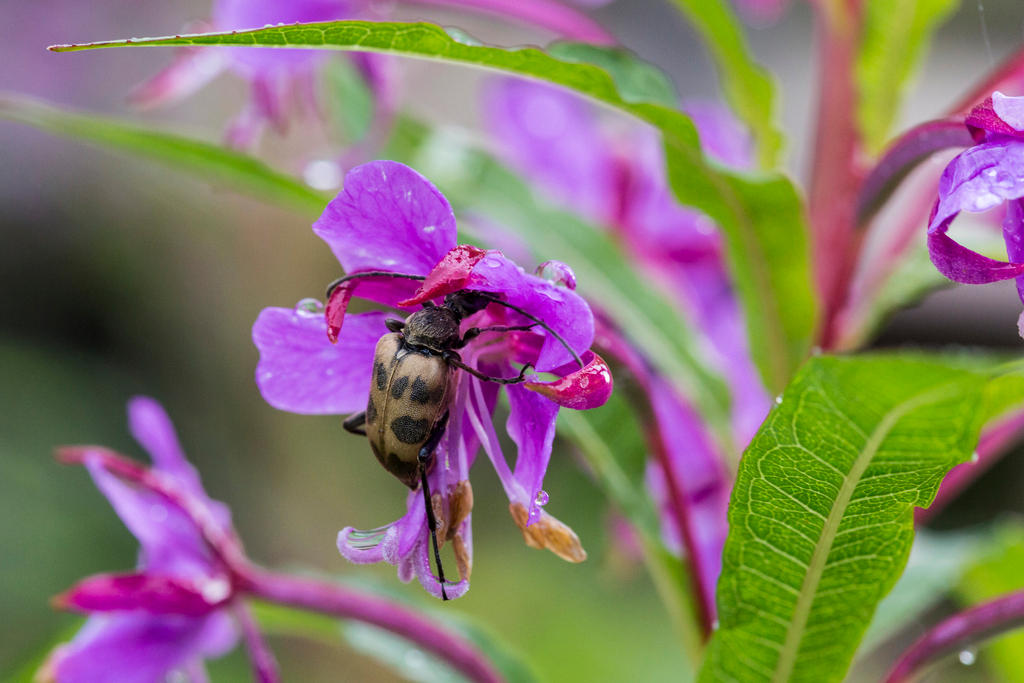
Biodiversity is worth billions in terms of human well-being, but poor policy and lifestyle choices are causing a drastic decline, finds an international report trying to show decision makers why nature matters.
“Nature is much more valuable to our well-being than we thought,” said Swiss plant sciences professor Markus FischerExternal link. In Bern on Wednesday, Fischer co-presented an assessment report on biodiversity and ecosystem services for Europe and Central Asia.
Published by the Intergovernmental Science-Policy Platform on Biodiversity and Ecosystem Services (IPBES)External link, the report is part of a collection of regional reports drawing on the input of 550 specialists and 15,000 publications.
But just how valuable is nature? For example, agricultural production in the European Union “generates profits ranging from $233 (CHF230) per hectare per year (cereals) to $916 per year (mixed crops), while wood supply from forests generates $255,” calculates the report.
Yet on the flip side, habitats, water quality and pollinators are suffering because of some agricultural practices.
“This clearly signals that we’ve used nature to produce food, but at the expense of other contributions from nature,” pointed out Fischer, president of the of the Swiss Biodiversity ForumExternal link’s scientific advisory council, which connects scientists with policymakers.
Nature’s non-material gifts – like the physical and psychological pleasure sparked by outdoor recreation – have an estimated median monetary value of $1,117 per hectare in the European and Central Asian region, which measures three billion hectares overall.
Executive summary
The 50-page executive summary revealed to a group of Swiss and international stakeholders on Wednesday is based on a 1,000-page report released in March.
“This report provides key answers to why biodiversity is important – as well as answering questions like: What are the main threats? What are we doing well? Where can we improve?” said Marc Chardonnens, director of the Federal Office for the EnvironmentExternal link.
The state of biodiversity in Switzerland is unsatisfactory, he noted. Chardonnens sees the main challenges as population growth – 1% per year over the past 20 years – and lifestyle.
“Sixty to 70% of our consumption is products from abroad, so we all have to take responsibility for that,” he added, singling out the Swiss private sector as particularly responsible for the raw materials used.
“Switzerland has to work hard nationally and internationally,” said Chardonnens, citing the need for more interdisciplinary collaboration.
+ Why is Switzerland lagging behind on its biodiversity goals?
Criticism
In a panel discussion following the report’s presentation, participants discussed the next steps.
“It’s important that the governments – rather than lobbying NGOs – asked the science community to prepare this report” said Werner Müller of Birdlife SwitzerlandExternal link. “Now we need to think carefully about how to take it beyond just being a report.”
Some questioned whether the report offered enough specific guidelines, and whether the assessment would sufficiently influence policymakers.
For example, as one attendee pointed out, just on Tuesday, World Environment DayExternal link, the Swiss Senate had voted to reduce protection (link in German) for potentially problematic animals like wolves, lynx and beavers.
“Without such reports we can’t have these discussions,” noted Chardonnens of the federal environment office. “In Switzerland, it’s clear we have to act now.”
Meanwhile, about 60km away, there were reports of a rare brown bear making his way towards the Swiss capital. Bears were hunted to extinction in Switzerland in the early 1900s.
IPBES assessment project
The IPBESExternal link Regional Assessment Reports on Biodiversity and Ecosystem Services was three years in development, at a total cost of about $5 million (CHF4.9 million).
It involved the review of several thousand scientific papers, as well as extensive government and other information sources, including indigenous and local knowledge, to arrive at conclusions about each region’s land-based, freshwater and coastal biodiversity, as well as the state of ecosystem functioning and nature’s contributions to people.
According to IPBES, the reports “represent the most important expert contribution of the past decade to understanding of nature and its contributions to people, offering a roadmap for future action”.
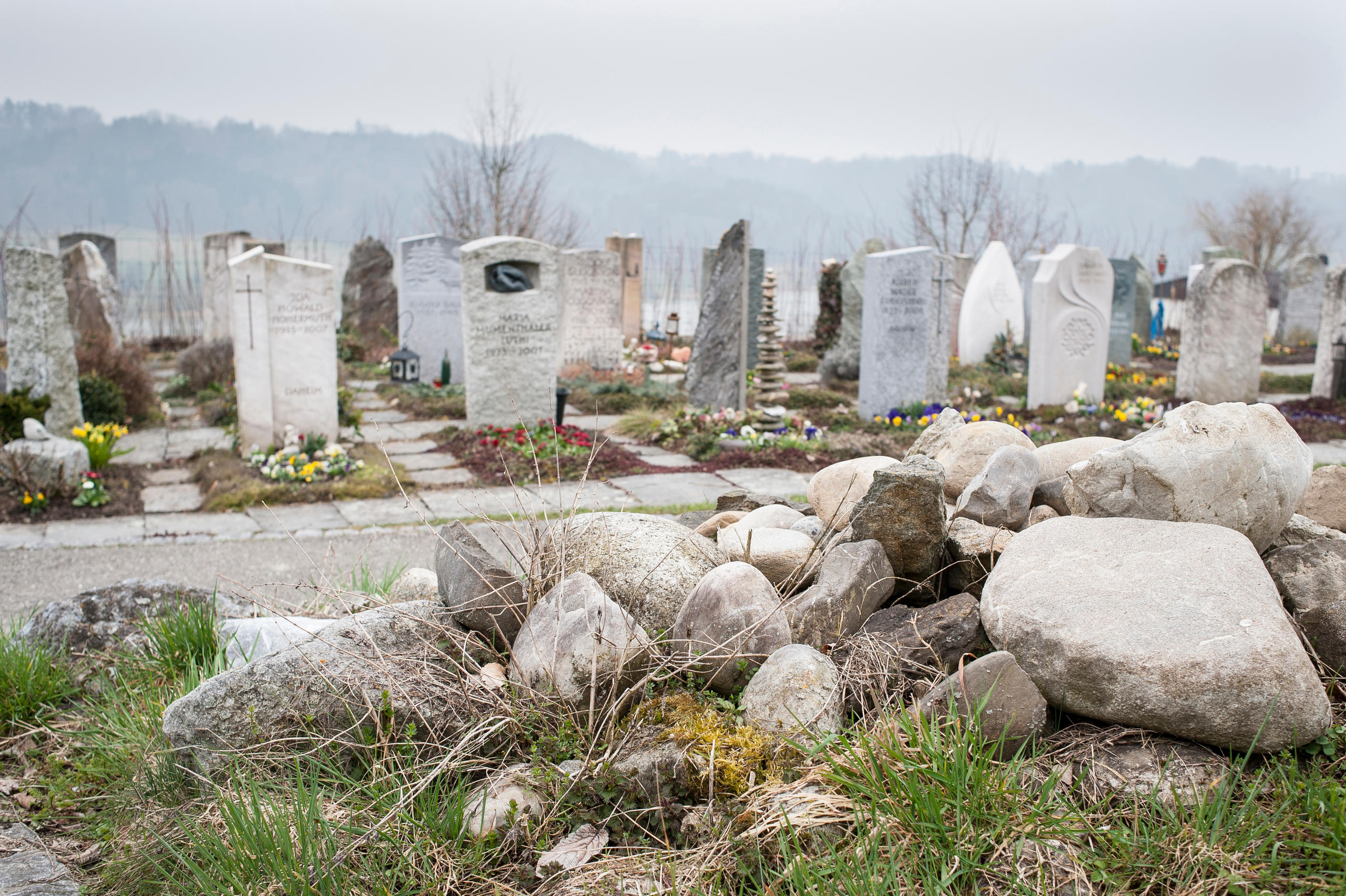
More
The dearth – and death? – of Swiss biodiversity

In compliance with the JTI standards
More: SWI swissinfo.ch certified by the Journalism Trust Initiative

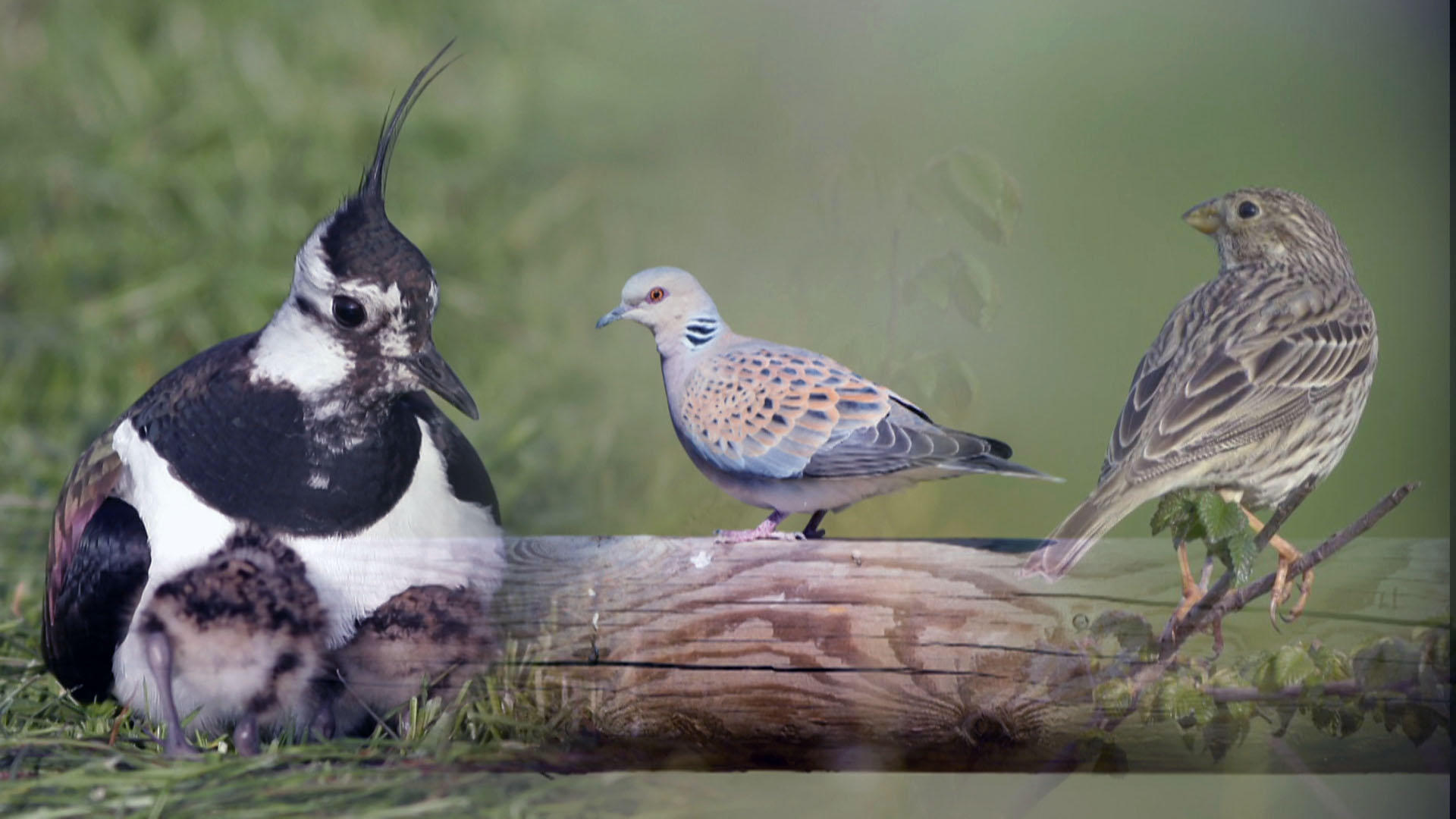
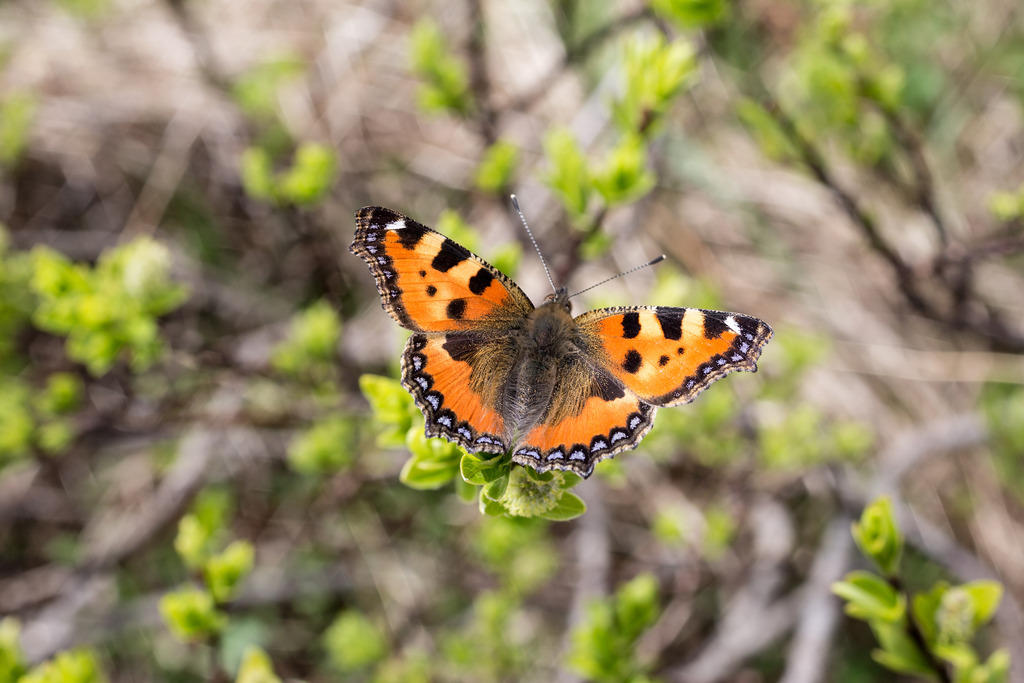

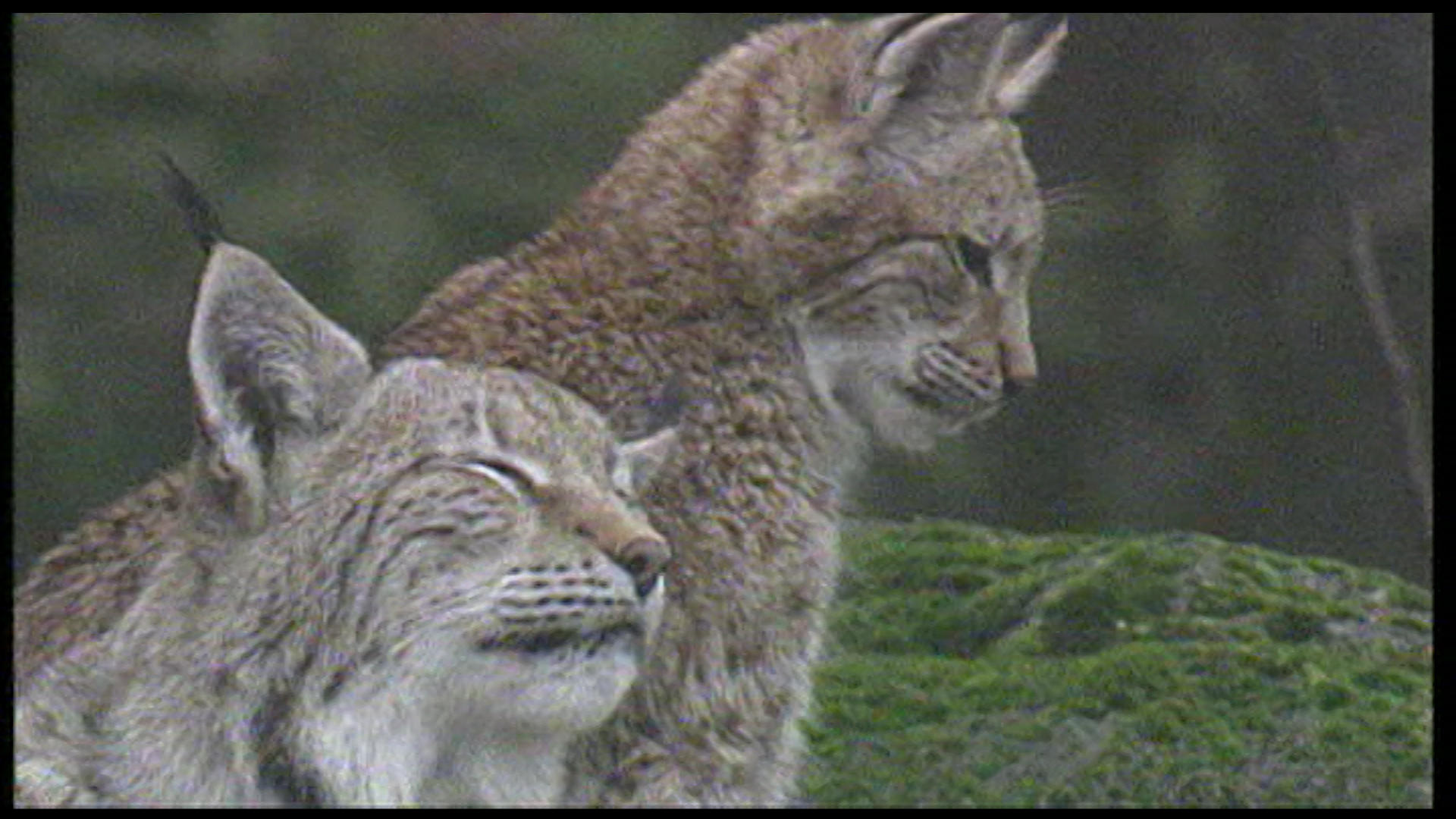
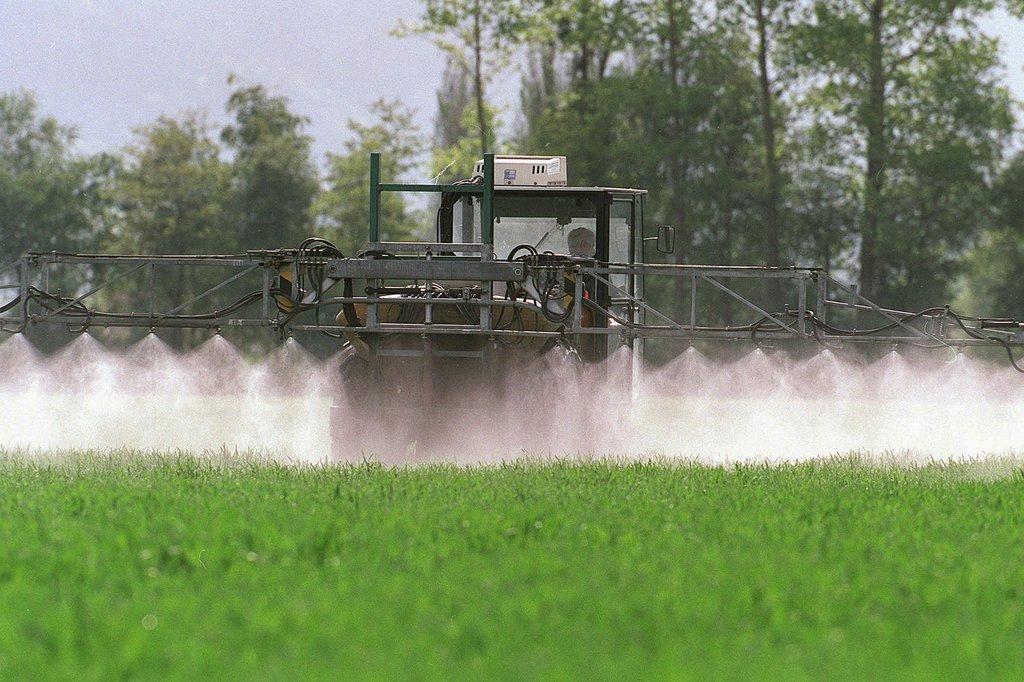
You can find an overview of ongoing debates with our journalists here. Please join us!
If you want to start a conversation about a topic raised in this article or want to report factual errors, email us at english@swissinfo.ch.